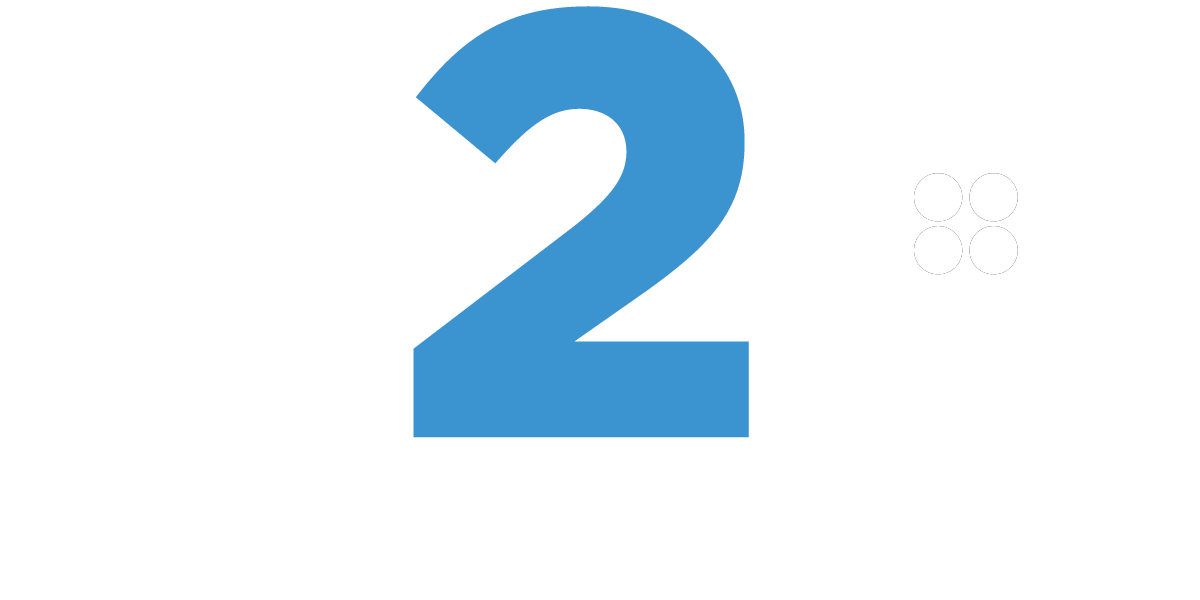Transfer printing allows the conversion of a high resolution image – maybe a photograph, line-art or painting – onto transfer paper. Unlike home transfer printing, the commercial quality transfer paper creates a much more detailed image of higher quality. While images can be printed form a wide range of formats such BMP, Tif Gif and Jpeg, the final result is more dependant on the quality of the original image than on anything else which means that the quality of the original is essential to getting a good garment result. Using a commercial heat press and silicone release paper, the image is then transferred to a garment.
What Are Its Advantages?
Transfer printing is both fast and low in price.
It’s a good way of getting hold of small numbers of printed garments like T-shirts
There is no limit to the number of print colours.
What Can It Be Used For?
Transfer printing is ideal if you have a school competition for which you want T-shirts – schools have used this service to create portrait T-shirts for debating clubs or for inter-house competitions or to commemorate a sporting success by having a team photo printed rapidly onto a small quantity of celebratory long-sleeved T-shirts to give to the team players.
It’s also ideal for printing short run items for workplace promotions. Several companies have an ‘employee of the month’ campaign which includes items like printed aprons or other items of work clothing, which are given to the winning team.
The Drawbacks To Transfer Printing
Transfer printing can only take place onto white fabric.


